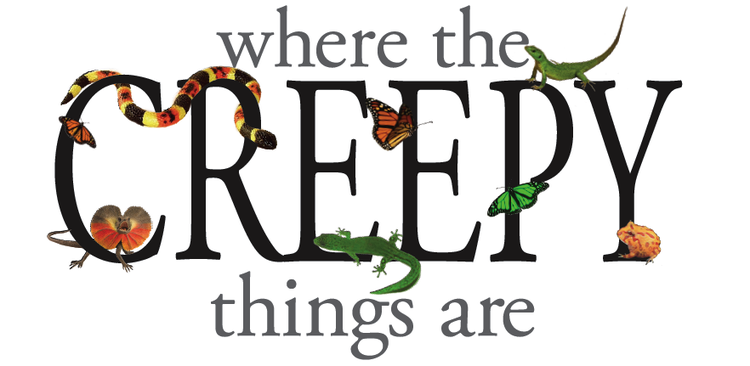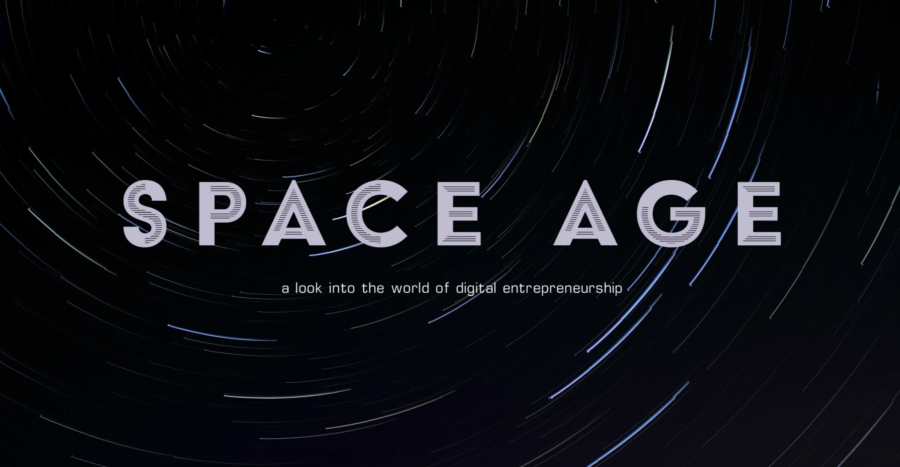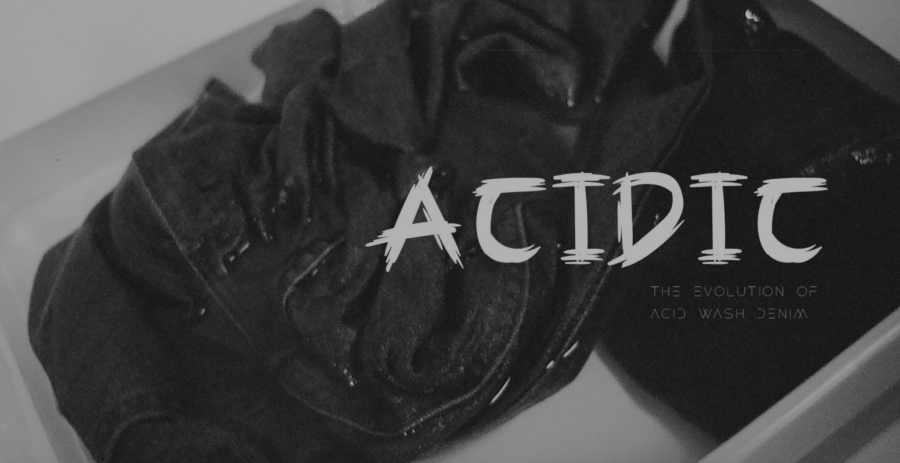A 15-foot saltwater crocodile suns his body on the rocks that line the bed of his watery fortress.
His eyes tick as he observes his surroundings. In an instant, he plunges into the depths of the water.
Not too far away a komodo dragon sleeps quietly, while a Burmese python slithers through the shrubbery, leaving behind a casing of scaly skin.
This is no ordinary place. This is the Museum of Living Art. The Fort Worth Zoo's new $19 million herpetarium is home to a variety of exotic snakes, lizards, frogs, turtles and insects.
At 30,000 square feet, MOLA is three times the size of its predecessor. The zoo's old herpetarium, which opened in 1960, measured only 9,000 square feet and had 120 exhibit spaces. With the additional space, MOLA houses 4,000 animals from 170 reptile and amphibian species.
Remekca Owens, public relations manager for the Fort Worth Zoo, said many of the animals were brought over from the old herpetarium, but more than 100 of the species are new to the zoo, including a king cobra, ring-tailed lemurs and the Solomon Island leaf frog.
"Many of them our guests have never seen eye-toeye before," Owens said.
The building is a work of art in itself. Nestled into a grassy area near the front of the zoo, the roof is serpentine with a faint pattern of scales that resemble the residents inside.
The outside is bricked in native Texas limestone, and long-time patrons will recognize the snakes that adorn the entrance as door handles. They were salvaged from the previous herpetarium. Inside, a brightly lit oasis of animals and artistry welcomes visitors.
Besides a few dimly lit areas, the exhibit is lighter and airier thanks to a high-ceilinged atrium. The floor-toceiling windows allow eye-to-eye viewing, even for the smallest of visitors.
Smaller, backlit exhibits that house MOLA's smaller creatures, like poison dart frogs, are embedded in the walls.
Marilyn Bailey, managing editor of 360 West magazine, was among the first visitors to tour the facility.
"I was pretty impressed," Bailey said. "It was more attractive and more ambitious than any other zoo exhibit I had seen."
Bailey, who described herself as "not crazy about reptiles," said MOLA does a great job of drawing in visitors through eye-catching exhibits and the facility's architectural beauty.
"It's appealing to the eye," Bailey said. Owens said much of the exhibits' appeal comes courtesy of the decorative rock work and mural designs inside each one.
These artistic elements were partly to blame for the delayed opening of the herpetarium.
The original opening of October 2009 was delayed to allow the zoo time to get the best muralist in the country to work on the project.
Besides the visual apeal, visitors can get hands on. There are informational touch screens alongside some of the exhibits and for the most daring of visitors, the chance to touch some of the herpetarium's scaly residents.
Owens said much of the idea behind the creation of the museum was based on the ideals of education, conservation and environmental stewardship.
Besides educating visitors about endangered species, MOLA is also a breeding ground and nursery for highly endangered species such as the Puerto Rican crested toad and Chiricahua leopard frog.
In 2008, the International Union for Conservation of Nature's Red List of Threatened Species reported that nearly one-third of the world's amphibian species are either threatened or extinct.
To facilitate their conservation efforts, MOLA's facilities include a glass-walled nursery, quarantine. areas, two hibernacula, which are dark places for animals to hibernate during winter months, and a heating and cooling system that enables zookeepers to customize temperatures to the individual needs of the animals in their exhibits.
Kristopher Karsten, professor of biology at TCU, said environmental stewardship, the idea that humans are responsible for environmental quality, is a growing concern.
"For me personally, I feel it's very important," Karsten said. "To not be cognizant of human impact on the environment is simply irresponsible in my opinion."
Lora Choi, president of TCU's People for Animal Well-Being, said with many species' natural habitats being destroyed by the effects of human interaction, she was happy to see people working to address the problem.
"I couldn't be more proud of Fort Worth for not only impacting our community through the zoo and MOLA but impacting the world and the animal population," she said.
Owens said that while the exhibits were designed with children in mind everyone can be captivated by the beauty of the animals, while also learning interesting facts about hundreds of reptile and amphibian species.
As one of the top-ranked zoos in the country, the zoo that coined the term herpetarium, has not failed to impress guests with its latest addition.
"We've received tremendous response from zoo members, donors, community leaders, architects and members of the herpetology community," she said.




